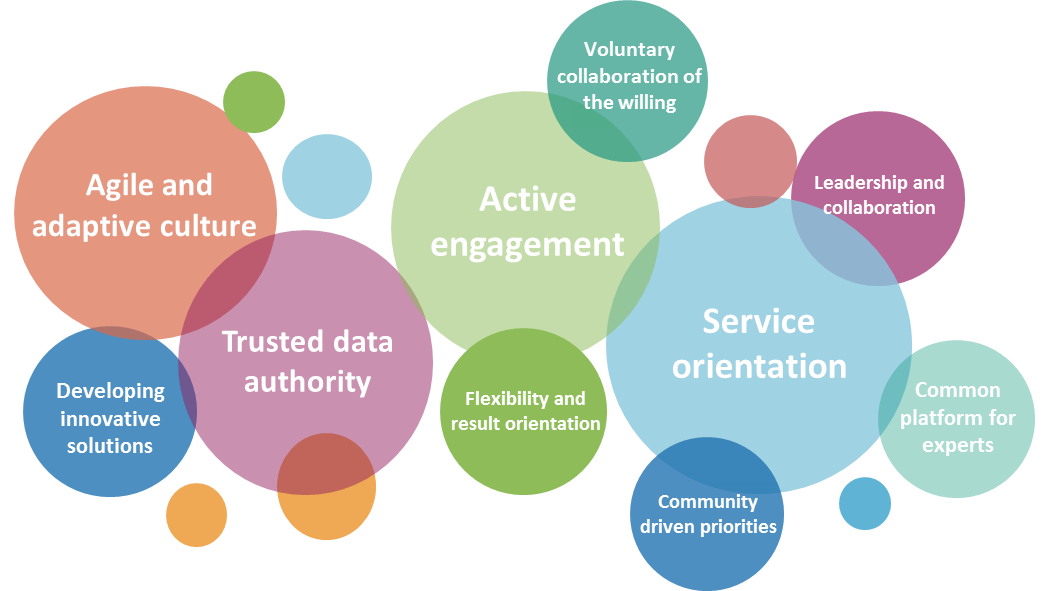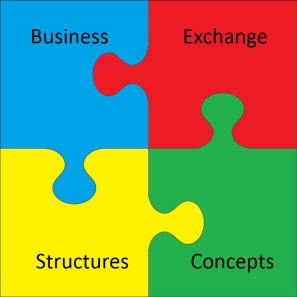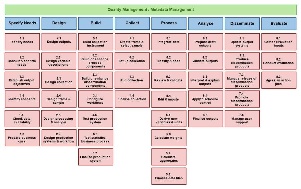Login required to access some wiki spaces. Please register to create your login credentials
|
-
Created by
Steven Vale, last updated by InKyung Choi on 21 Feb, 2025 4 minute read

The HLG-MOS oversees and manages:
Collaboration groups: Supporting Standards, Capabilities and Communication, Applying Data Science and Modern Methods, Blue Skies and Machine Learning Community
Specialised topics: DIS, Data Collection, Data Editing and Confidentiality
Modernisation Expert group meetings, workshops and seminars
What is the HLG-MOS
HLG-MOS Outputs
Modernstats Updates
Generic Statistical Business Process Model (GSBPM) describes the core business processes undertaken by statistical organisations to produce statistical outputs. It is used by more than 50 organisations world wide. Read more here
Generic Statistical Information Model (GSIM) describes the core pieces of information needed by statistical organisations to produce statistical outputs. Read more here

Common Statistical Data Architecture (CSDA) is reference architecture and guidance for the modernisation of their processes and systems. Read more here

Strategic Communication Framework is a guide for Statistical Organisations to the development and implementation of a communication strategy. Read more here

Generic Activity Model for Statistical Organisations (GAMSO) extends and complements the GSBPM by describing overarching activities and processes to support the production of official statistical production. Read more here

Common Statistical Production Architecture (CSPA) helps statistical organisation create interoperable tools to share within and between statistical organisations. Read more here

Generic Statistical Data Editing Model (GSDEM) is intended as a reference for all official statisticians whose activities include data editing. Read more here

Machine Learning for Official Statistics the 2019-2020 project continued as a collaboration community in 2021. Read more here

Public web space of the UNECE High Level Group for the Modernisation of Official Statistics (HLG-MOS)
HLG-MOS 2020 video 360p.mp4 | Click here to watch in YouTube | Click here to Watch in Vimeo
May 2023 - Statistics Netherlands: Synthetic data opens up possibilities in the statistical field
Feb 2023 - GSBPM implementation National Statistics Office Georgia
July 2021 - UNECE: New framework sets out a strategic approach to statistical communication
UNECE: Machine learning paves the way for modern, efficient statistical production
Statistics Netherlands: CBS explores possible privacy preserving techniques
ESCAP: Asia-Pacific Guidelines to Data integration for Official Statistics
- No labels


